



The project aims to foster artistic awareness, shape social attitudes, teach the interpretation of works of art, and promote the values of national heritage through educational workshops, interviews, and video materials.
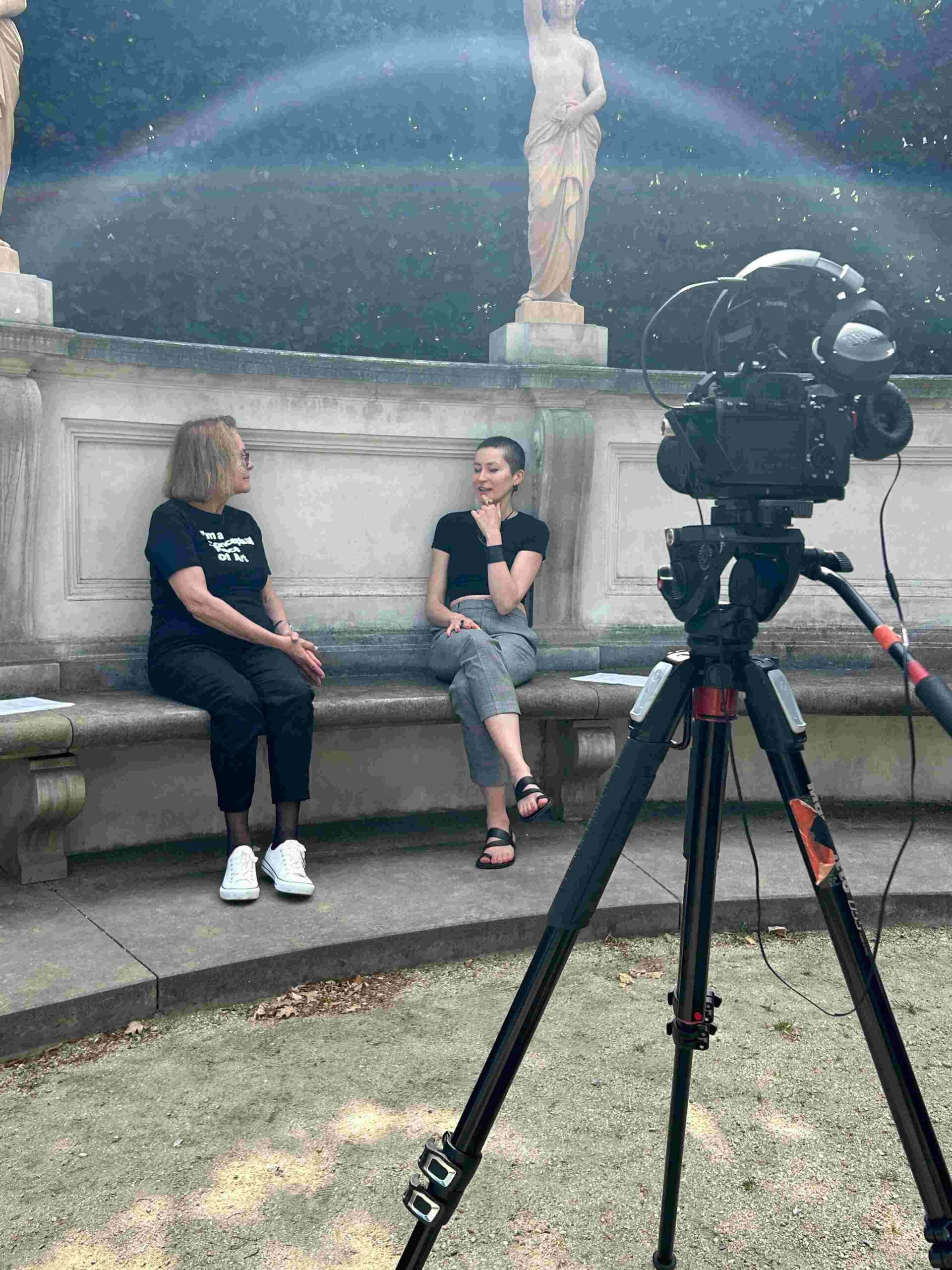
Heritage in Our Hands also introduces the topic of the conservation of modern and contemporary art, thanks to the collaboration with Prof. Iwona Szmelter, a legendary art conservator affiliated with the Academy of Fine Arts in Warsaw. The series includes films documenting the conservation of Parapluie-emballage by Tadeusz Kantor, as well as the conservation work carried out in the North Gallery of the Wilanów Palace, made possible with the support of the OmenaArt Foundation. The Foundation also interviewed with visual and performance artist Aleksandra Karpowicz as part of The Conservation Umbrella – a project created by Prof. Iwona Szmelter that addresses critical issues related to the conservation of contemporary art.
Aleksandra Karpowicz is an award-winning contemporary artist whose work explores themes related to the body, psychology, sexuality, and identity. She investigates how these aspects of human nature are expressed and how they are suppressed by society and politics. In her interview with Prof. Szmelter, the artist discusses rarely addressed issues related to conserving contemporary artworks, particularly video art and performance. Aleksandra shares insights about her artistic journey and the protection of the integrity of her work – both in terms of form and context. She emphasizes the importance of how her artworks are presented and consciously archived. The conversation between the artist and Prof. Iwona Szmelter reflects on the role of contemporary conservation, authenticity, and the durability of artistic expression.
Tadeusz Kantor’s Parapluie-emballage was auctioned at the TOP CHARITY Auction 2025 and sold for €240,000. Before the auction, the 1970 work underwent conservation at the Intercathedral „NOVUM” Studio for the Protection and Conservation of Modern and Contemporary Art at the Academy of Fine Arts in Warsaw. The conservation was carried out by Prof. Iwona Szmelter, a globally recognized authority in the field.
Tadeusz Kantor was one of the most outstanding Polish artists of the 20th century – a painter, director, stage designer, art theorist, and lecturer at the Academy of Fine Arts in Kraków. In 1970, he organized an event titled Multipart at the Foksal Gallery in Warsaw. The artist prepared 40 identical canvases for the occasion. The sale of the paintings came with specific conditions – buyers were to hang the work in their homes and alter it as they wished. After a year, the paintings were to be returned to the gallery for the final exhibition titled The Last Stage of Multipart.
The piece auctioned at TOP CHARITY is a unique example on the Polish art market, as it did not participate in the Multipart happening at Foksal Gallery. It was specially commissioned for Marek Rostworowski, an art critic and historian, who did not follow the artist’s instructions and preserved the piece in its original state. On the reverse side of the painting, there is unique documentation of correspondence between Rostworowski and the Foksal Gallery.
In 2023, the OmenaArt Foundation established a partnership with the Museum of King Jan III’s Palace at Wilanów to restore the unique wall paintings in the North Gallery. The Foundation provided financial support for the conservation of the decorations and was actively involved in promoting the protection of this heritage site.
The North Gallery, built in the late 17th century at the initiative of King Jan III Sobieski, together with the polychromes by Michelangelo Palloni, represents a unique artistic heritage in Poland. The paintings depict the mythological love story of Cupid and Psyche, serving as an allegory of the love and relationship between Jan III Sobieski and Queen Marysieńka.
Due to the gallery’s open architectural form and exposure to environmental factors, many of these artworks suffered severe damage.
The conservation project, which included technological studies, documentation, and the safeguarding of the gallery’s decorations, lasted nearly a year. It involved more than a dozen experts in sculpture and wall painting conservation, as well as specialists in material science and laboratory analysis.
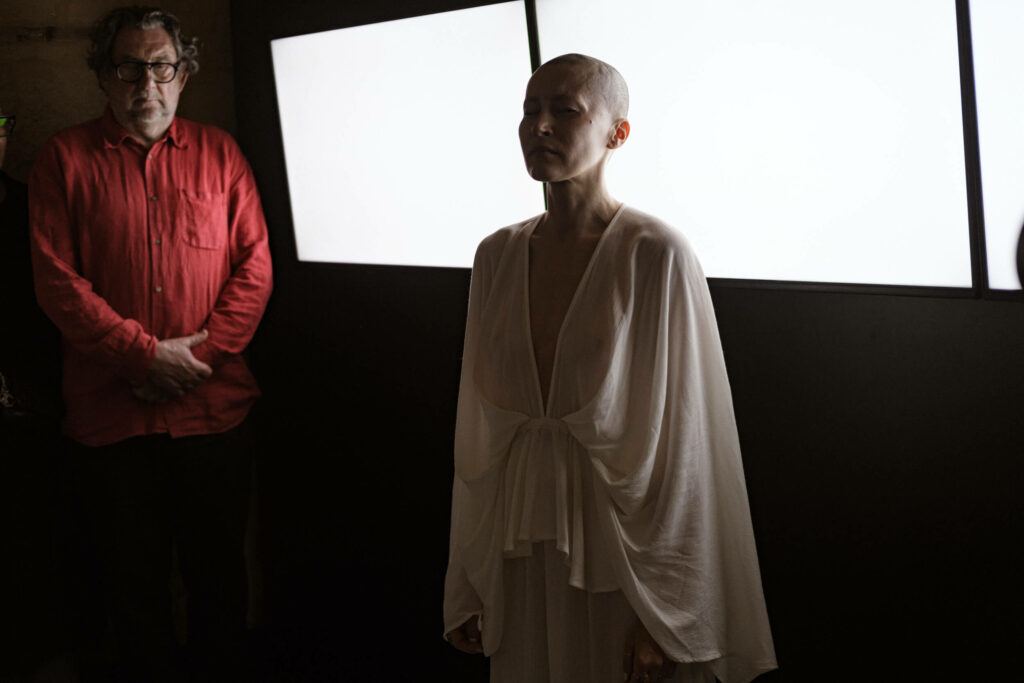
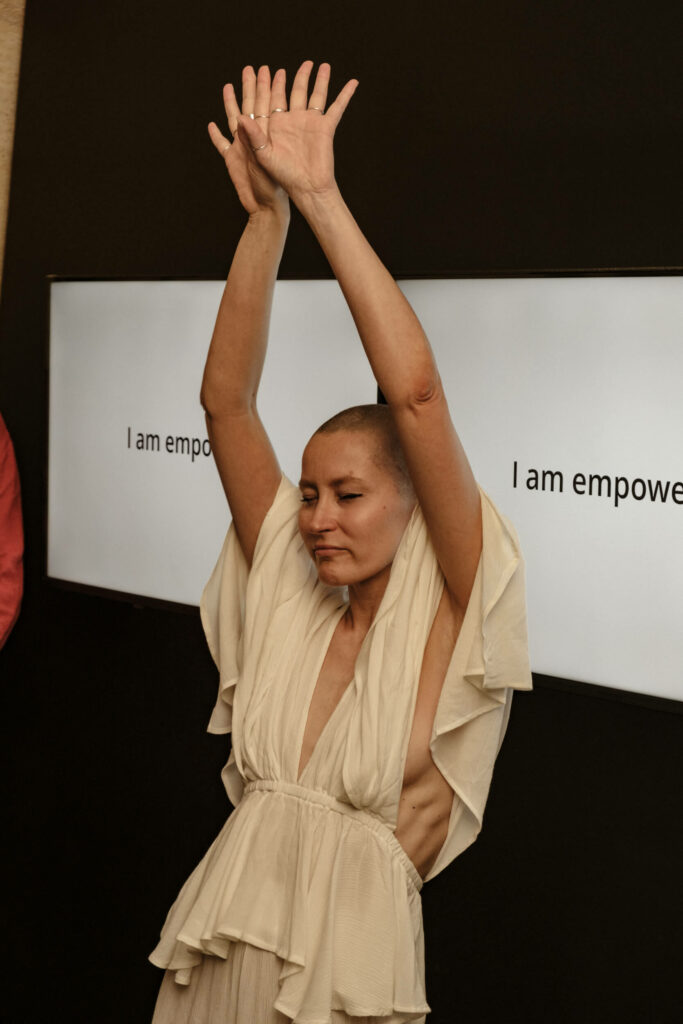
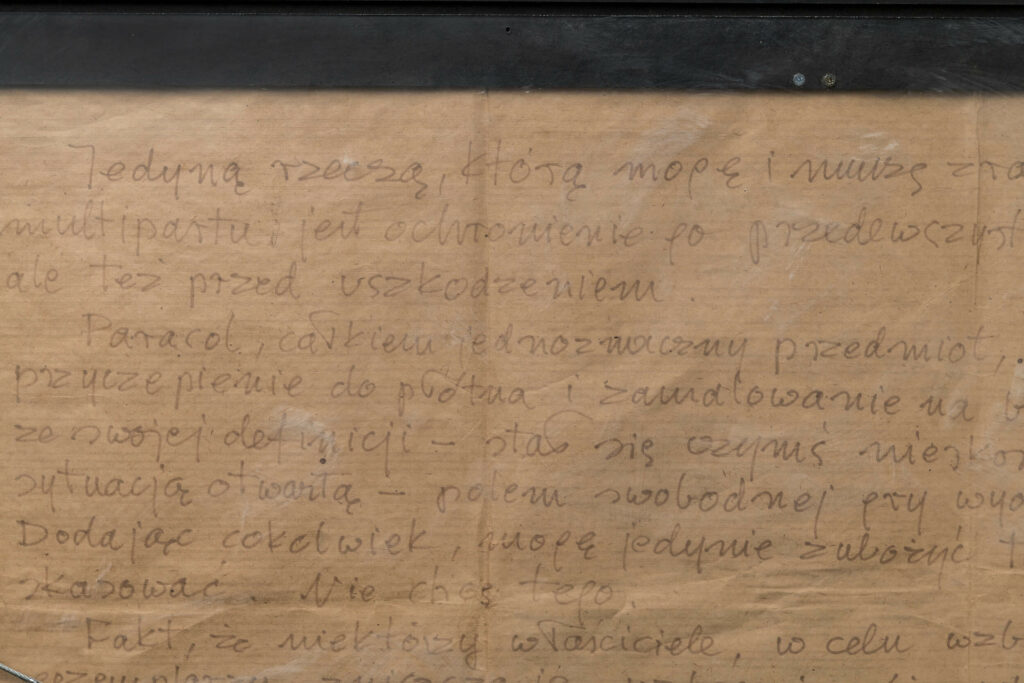
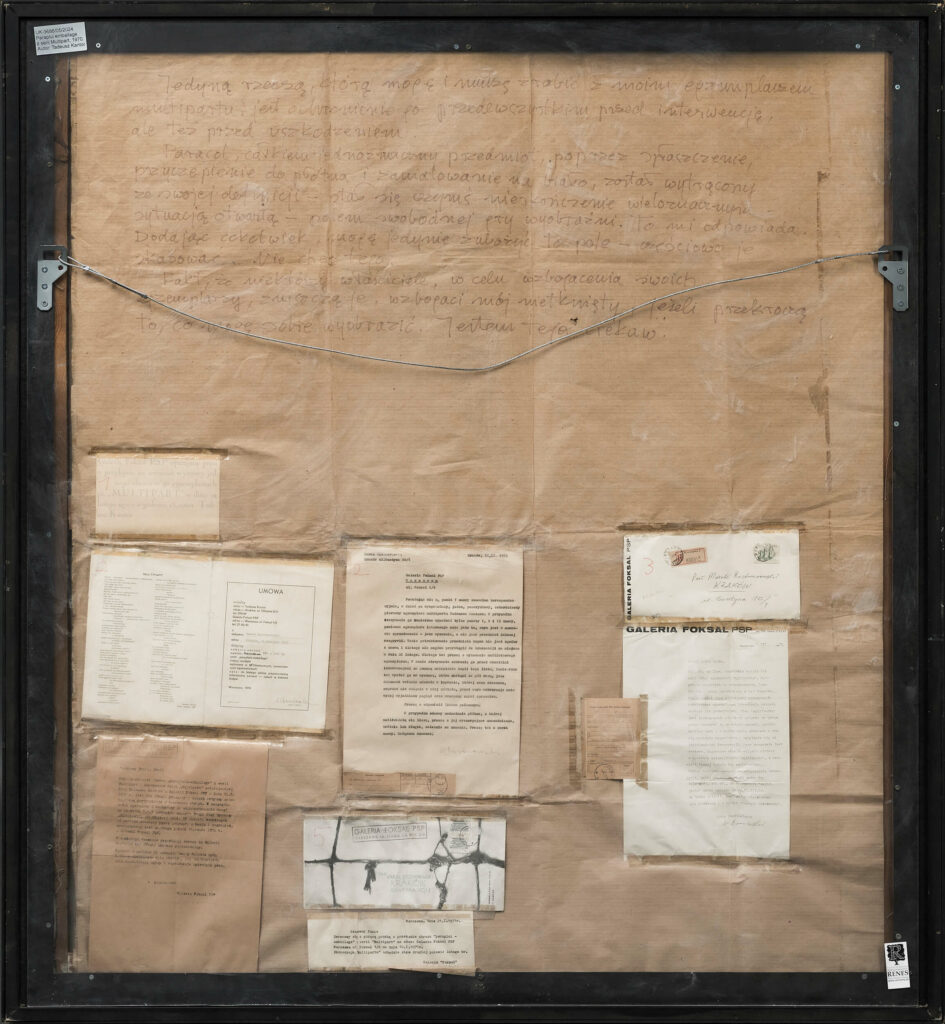
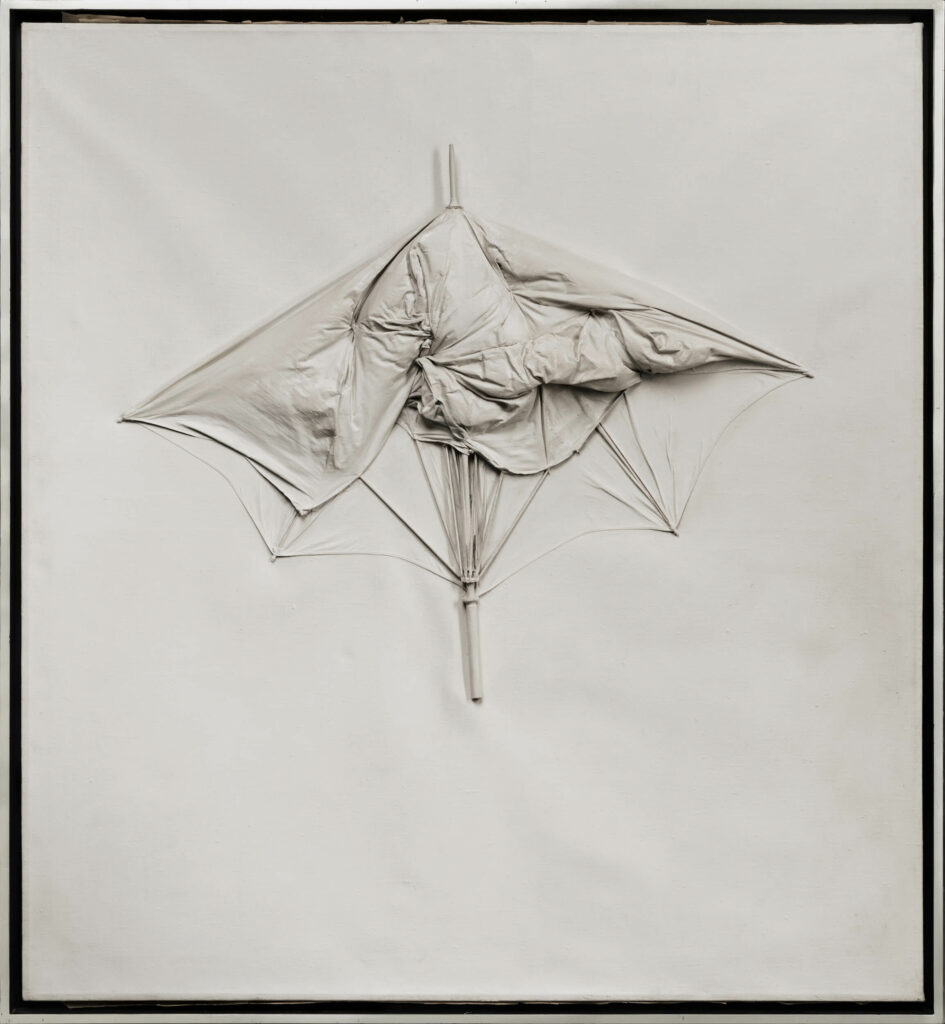
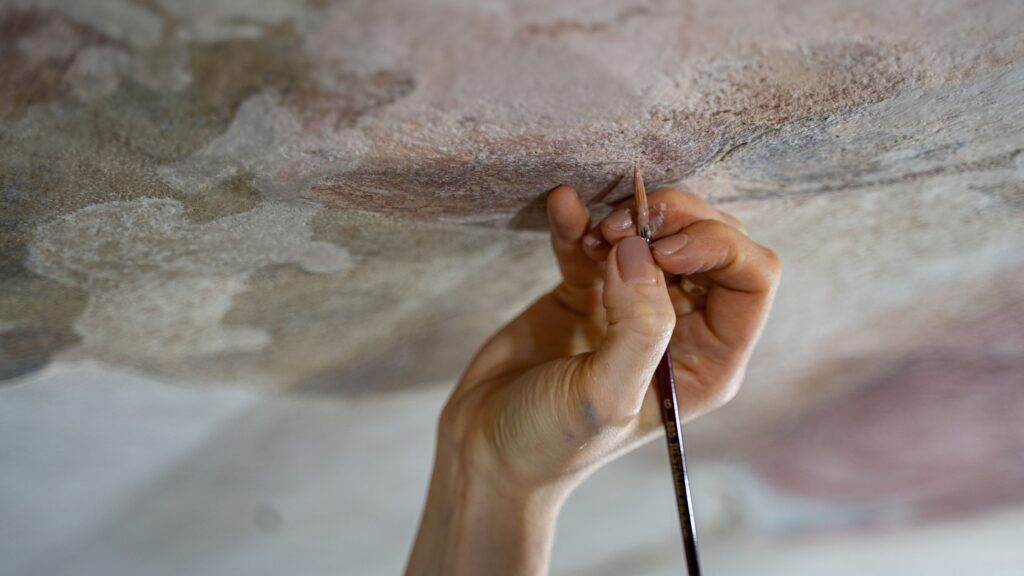
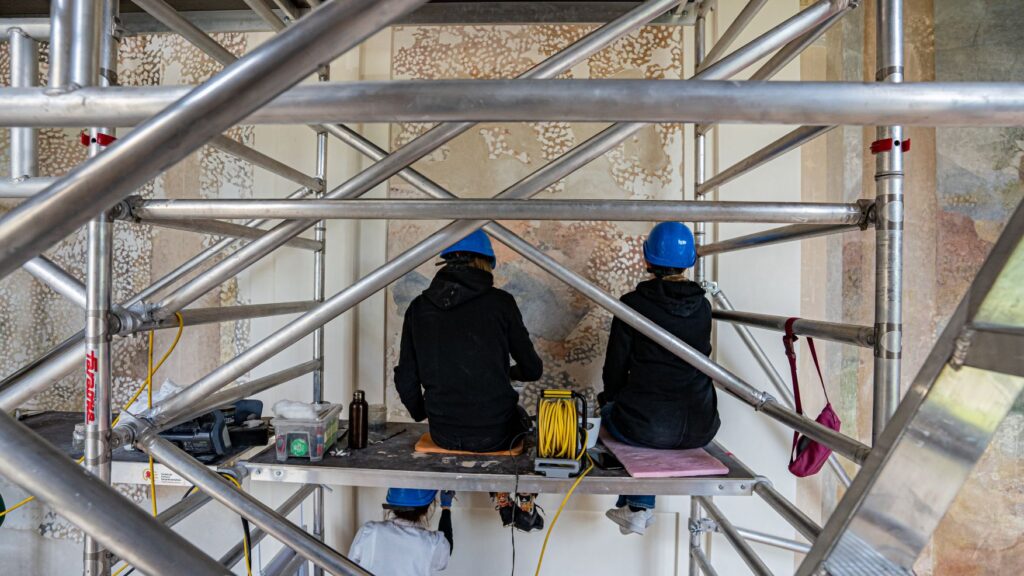
Related news